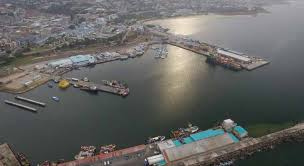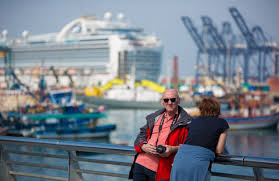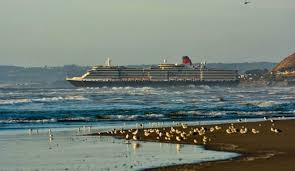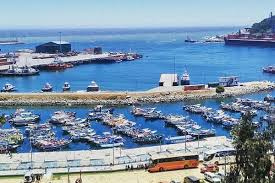How does the local fishing industry operate in San Antonio Chile?

How does the local fishing industry operate in San Antonio Chile?
How does the local fishing industry operate in San Antonio Chile? San Antonio, Chile, boasts a robust fishing industry that plays a crucial role in its economy and community.
This industry is characterized by a blend of traditional practices and modern techniques. Here’s a closer look at how it operates.
Historical Context
The fishing industry in San Antonio has deep historical roots, dating back to the city’s founding. Fishing has been a vital source of sustenance and economic activity for local communities for centuries.
Over time, the industry has evolved, adapting to technological advancements and changing market demands, while still honoring its rich traditions.
Key Species
San Antonio’s fishing industry focuses on a diverse array of species. Common catches include anchovies, sardines, and various types of shellfish, such as clams and mussels.
These species are not only essential for local consumption but also serve as significant exports, contributing to the national economy.
Fishing Methods
Local fishermen employ various methods, including artisanal and commercial fishing techniques. Artisanal fishermen typically use smaller boats and traditional gear, promoting sustainable practices.
In contrast, commercial fishing operations utilize larger vessels equipped with advanced technology for efficient catch and processing.
Regulations and Sustainability
The Chilean government enforces regulations to ensure sustainable fishing practices, such as catch quotas and seasonal restrictions.
These measures aim to protect fish populations and marine ecosystems, allowing the industry to thrive without compromising future resources.
Cooperative Structures
Many local fishermen operate within cooperatives, which provide support in areas like resource management, marketing, and distribution.
These cooperatives foster a sense of community and collaboration, allowing smaller operations to compete more effectively in the market.
Processing and Distribution
After the catch is brought to shore, it often undergoes processing at local facilities. This includes cleaning, packaging, and freezing fish for distribution.
San Antonio’s proximity to the port facilitates the transportation of fresh and processed seafood to national and international markets, enhancing its commercial viability.
Economic Impact
The fishing industry significantly contributes to San Antonio’s economy, providing jobs and supporting local businesses.
It also plays a vital role in the broader Chilean economy, as Chile is one of the world’s leading seafood exporters, particularly in the fishing sector.
Cultural Significance
Fishing is deeply embedded in the cultural identity of San Antonio. Local festivals and events often celebrate the fishing community, highlighting its importance in daily life.
These gatherings foster a sense of pride and connection among residents, showcasing traditional foods and practices.
Challenges Facing the Industry
Despite its strengths, the local fishing industry faces challenges, including overfishing, climate change, and environmental regulations.
Fishermen must navigate these issues while striving to maintain their livelihoods and the sustainability of marine resources.
Future Prospects
Looking ahead, the fishing industry in San Antonio is poised for growth through innovation and sustainability efforts.
Embracing new technologies, such as eco-friendly fishing gear and improved processing techniques, can enhance productivity and environmental stewardship, ensuring a resilient future.
In summary, the local fishing industry in San Antonio is a dynamic and essential component of the community and economy.
With a rich history, diverse species, and a commitment to sustainability, the industry continues to adapt and thrive, reflecting the unique character of this coastal city.





Leave a Reply